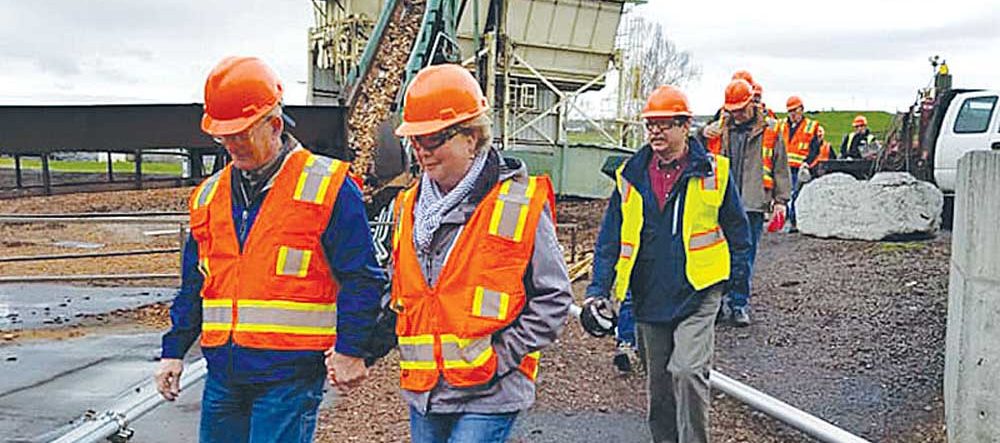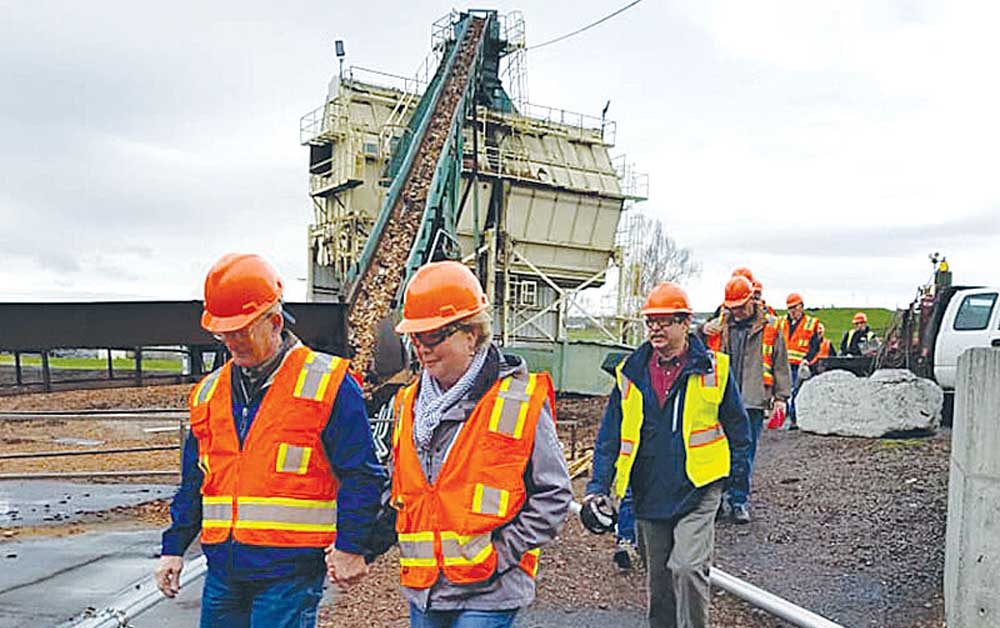Oregon Food Bank CEO says hunger rate is at worst point in a century
Published 3:00 pm Monday, February 8, 2021

- CAPECO’s Food Share in Pendleton is one of 21 regional food bank sites that are part of the Oregon Food Bank Network, which went from serving 860,000 people in Oregon and Southwest Washington in 2019, to 1.2 million people in 2021. For 2022, the organization expects to help 1.5 million people.
PORTLAND — The rate of hunger in Oregon has nearly doubled since the pandemic began in early 2020. According to Oregon State University research, the number of people worried about feeding their families went from about 1-in-9 to between 1-in-4 or 1-in-5 Oregonians.
Oregon Food Bank CEO Susannah Morgan said many families face the question of whether to pay for food or rent.
“It’s the worst rate of hunger we have seen in a century,” she said.
She said the 10,000 people who work at the Oregon Food Bank, from its five facilities to 21 regional food banks and 1,400 partner food pantries throughout Oregon and Southwest Washington, are working tirelessly to meet the need.
Money from the Oregon Legislature’s emergency board in December 2020 helped. The board gave the Oregon Food Bank network $2.9 million.
Morgan said that money has been turned into food and distributed to partner agencies across the state. But the need remains great and ongoing.
“We anticipate we will need that same amount in another eight weeks or so in order to see us through the spring,” she said.
The OFB is advocating for legislation to help ease the hunger rate in Oregon and pushing for an extension of the foreclosure and rent moratoriums, and more funding to address emergency housing and homelessness.
“We know hunger is a function of all the things a family needs to afford,” Morgan said. “Rent or food? If we can help ensure people can stay in their homes and are also able to meet their rent, they will be more food secure.”
Even before the pandemic, the single most likely person to be food insecure was a two- to four-year college student. Morgan said 40% of college students face hunger. The OFB is pushing legislation to help support students on college campuses.
“Even in these difficult times, we want to follow that through and make sure that we are taking care or all of us at all stages of our lives,” Morgan said.
Before the pandemic, about 890,000 Oregonians and Southwest Washingtonians accessed food assistance. That number has grown to between 1.2 million and 1.5 million.
“I can imagine for me and my family how hard it might be to face the fact you have come down to the end of the week with no food in the pantry and kids’ bellies are empty, and how hard it is to ask for help that first time,” she said.
She encouraged anyone facing hunger to go to the Oregon Food Bank’s website to find a food pantry near them. Food is available to anyone who needs it with no identification required.
“We want to make sure no one experiences a hungry belly,” Morgan said. “It’s your neighbors helping you and we know when you are in a position to help, you will help, too,” she said.
The largest food program in Oregon and in the nation is the Supplemental Nutrition Assistance Program, or SNAP. Morgan said data show for every dollar spent on SNAP, it has an economic benefit of $1.50 to $1.80 in local communities. She said that’s especially important in rural Oregon where they need the help right now.
She encouraged families experiencing hunger to access the SNAP program by visiting the Oregon Department of Human Services website.
For those who would like to help, Morgan said cash is the best option. She said it limits person-to-person contact and can be sent to locations that need help immediately. Also, cash donations stretch further than individual donations of food.
To donate visit, oregonfoodbank.org/donate.









